Types of Flies in Virginia is home to a diverse range of insect species, including various types of flies. These tiny creatures, often overlooked, play significant roles in the ecosystem, from pollination to serving as a food source for other animals. However, some flies can be more of a nuisance, particularly when they invade our homes or bite us. In this article, we’ll explore the types of flies in Virginia, their characteristics, and how to manage them effectively.
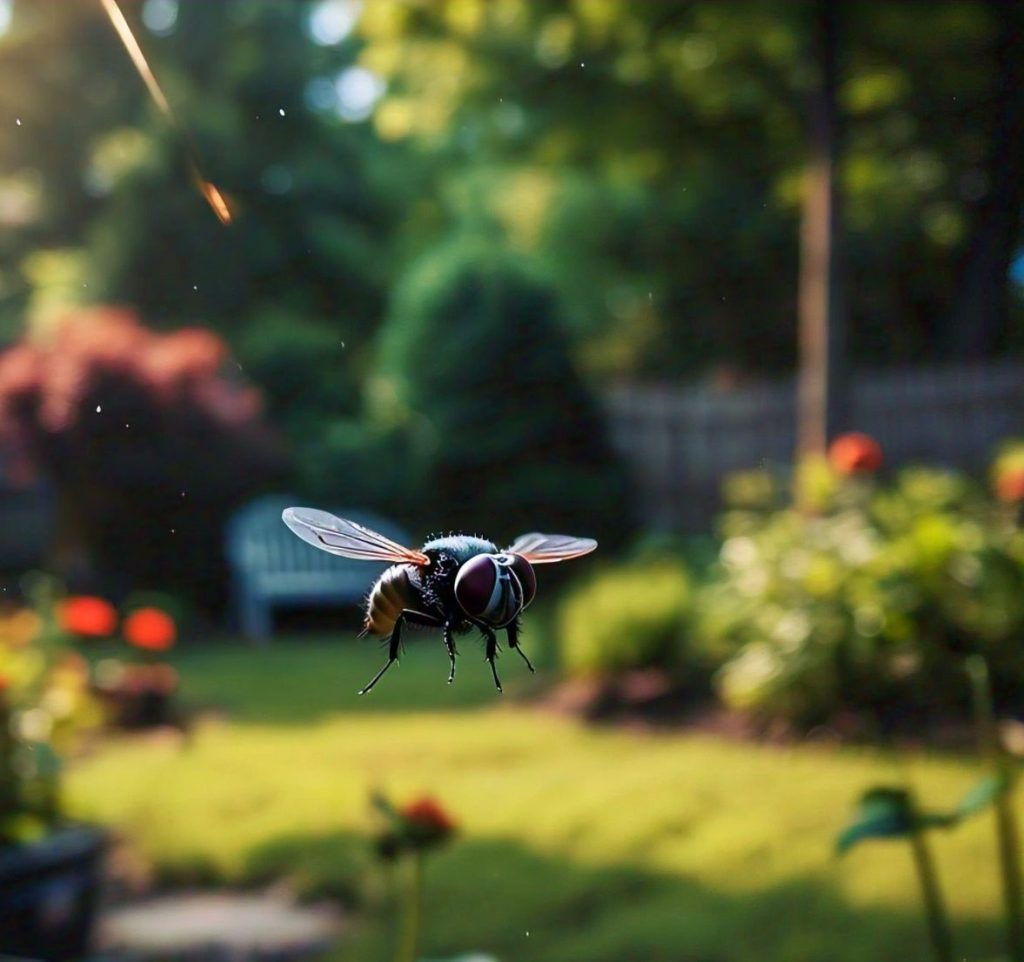
Common Types of Flies in Virginia
- House Flies The common house fly (Musca domestica) is one of the most widespread fly species in Virginia. These flies are often found in and around homes, attracted to food waste, decaying organic matter, and other sources of nourishment. House flies are not just a nuisance; they can also spread diseases as they move from one surface to another.
- Fruit Flies Fruit flies (Drosophila melanogaster) are small flies commonly found around ripe or decaying fruits and vegetables. They lay their eggs in organic matter, and their larvae feed on the fermenting material. In Virginia, fruit flies are particularly common during the warmer months, when fruits are abundant. Controlling fruit flies often involves proper food storage and regular cleaning to remove potential breeding sites.
- Drain Flies Drain flies, also known as moth flies (Psychodidae), are small, moth-like flies that breed in stagnant water, particularly in drains. These flies can become a problem in homes, especially in bathrooms and kitchens, where they find suitable breeding grounds. Despite their small size, drain flies can be a persistent nuisance if not properly managed.
- Crane Flies Often mistaken for large mosquitoes, crane flies (Tipulidae) are harmless insects that do not bite. In Virginia, crane flies are commonly seen during spring and fall. While they may look intimidating due to their size, they are generally not considered pests. However, their larvae can cause damage to lawns and crops, as they feed on grass roots and other plant materials.
- Biting Flies Virginia is home to several species of biting flies, including the deer fly (Chrysops), horse fly (Tabanidae), and black fly (Simuliidae). These flies are known for their painful bites, which they inflict while feeding on blood. Biting flies are particularly troublesome in rural areas, near bodies of water, and in wooded regions. Controlling these flies often requires personal protective measures, such as wearing long sleeves and using insect repellent.
- Virginia Beach Biting Flies The coastal areas of Virginia, including Virginia Beach, are known for their biting fly populations. These flies can be a significant nuisance to residents and tourists alike, particularly during the warmer months. The most common species in this region include the greenhead fly (Tabanus nigrovittatus) and the salt marsh mosquito (Ochlerotatus sollicitans), both of which are known for their aggressive biting behavior.
- Big Flies in Virginia In addition to the common house fly and crane fly, Virginia is home to other large fly species, such as the horse fly and bot fly (Oestridae). Horse flies are known for their size and painful bites, while bot flies are parasitic insects whose larvae infest mammals, including humans. These large flies can be particularly concerning due to their potential to harm both humans and animals.
Identifying Types of Flies in Virginia
Identifying different types of flies in Virginia can be challenging, given the sheer number of species. However, there are several key characteristics that can help you distinguish between them:
- Size: Flies range in size from tiny fruit flies to large horse flies. Observing the size of the fly can be the first step in identification.
- Color: Flies come in various colors, from the metallic blue of the blowfly to the brown or gray of the house fly.
- Wing Patterns: Some flies, like the crane fly, have distinctive wing patterns that can help in identification.
- Behavior: Observing a fly’s behavior, such as where it is found and what it is attracted to, can provide clues about its species.
For more accurate identification, consider using an insect identification guide specific to Virginia or consulting with local experts in entomology.
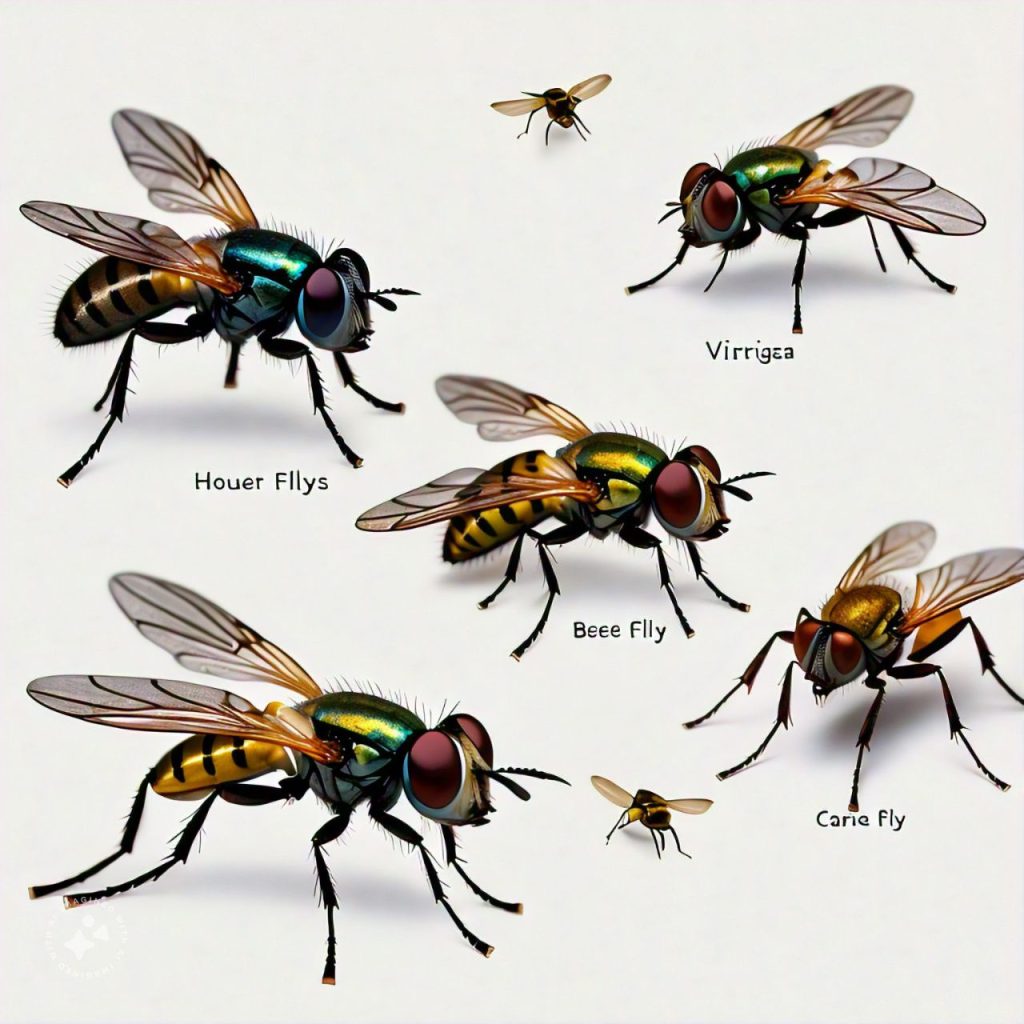
Fly Control and Prevention of Types of Flies in Virginia
Controlling flies in Virginia involves a combination of prevention and active management:
- Eliminate Breeding Sites: Flies lay their eggs in decaying organic matter, so removing food waste, cleaning drains, and properly disposing of garbage can significantly reduce fly populations.
- Use Fly Traps and Repellents: Various fly traps and repellents are available on the market, ranging from sticky traps to electronic devices. These can be particularly effective in controlling house flies and fruit flies.
- Maintain Cleanliness: Regularly cleaning your home, particularly the kitchen and bathroom, can prevent flies from finding suitable breeding sites. This includes wiping down surfaces, cleaning drains, and storing food in sealed containers.
- Professional Pest Control: For severe infestations, consider hiring a professional pest control service. They can provide targeted treatments to eliminate flies and other pests from your home.
Are Types of Flies in Virginia Dangerous?
While most flies in Virginia are harmless, some species can pose health risks. House flies, for example, can carry bacteria and viruses, spreading them to food and surfaces. Biting flies, such as deer flies and horse flies, can transmit diseases through their bites. In some cases, flies can also cause allergic reactions in sensitive individuals.
It’s essential to take fly infestations seriously and implement control measures to reduce the risk of disease transmission and discomfort.
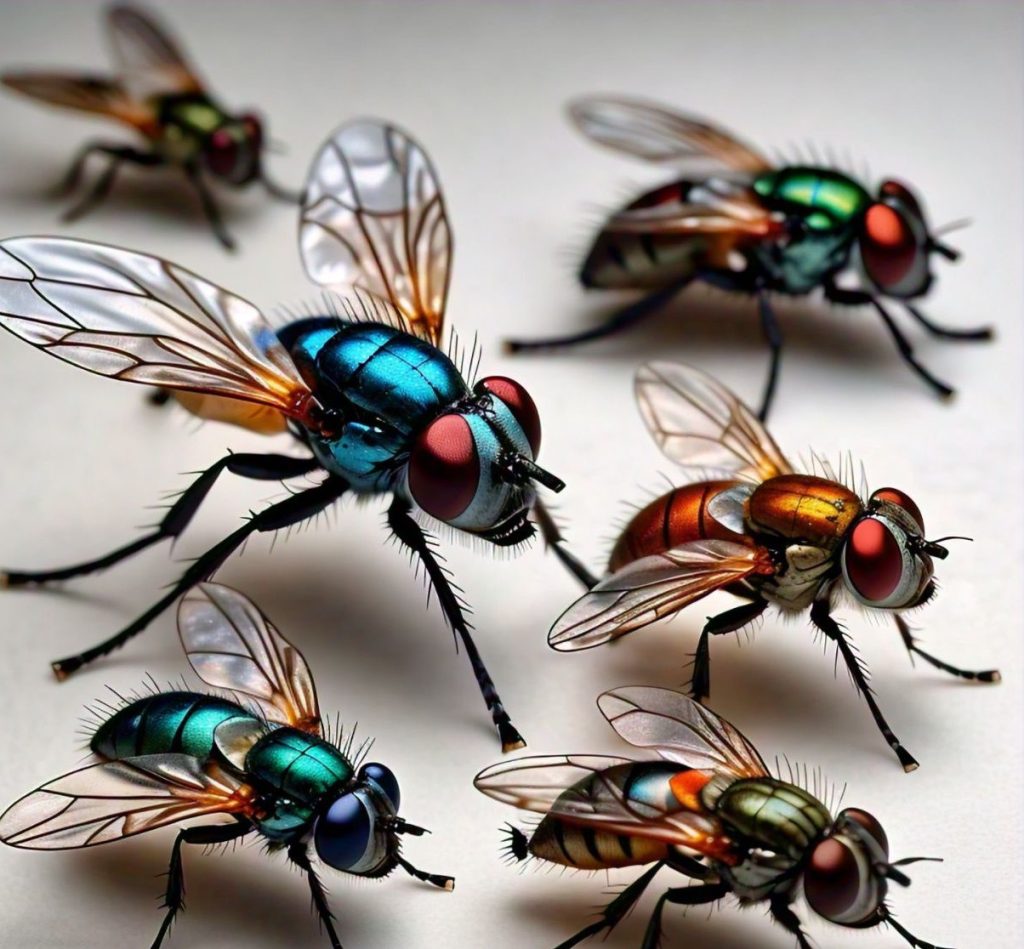
Conclusion
Flies are a common part of life in Virginia, but understanding the different types of flies and how to manage them can make a significant difference in maintaining a comfortable and healthy living environment. Whether you’re dealing with house flies, fruit flies, or the more troublesome biting flies, taking proactive steps can help keep your home and surroundings fly-free. Remember, proper identification and control measures are key to preventing fly-related issues in Virginia.
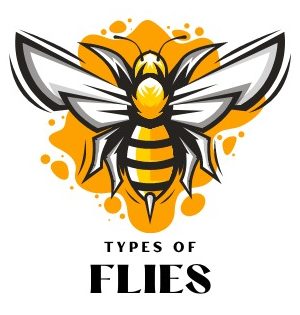
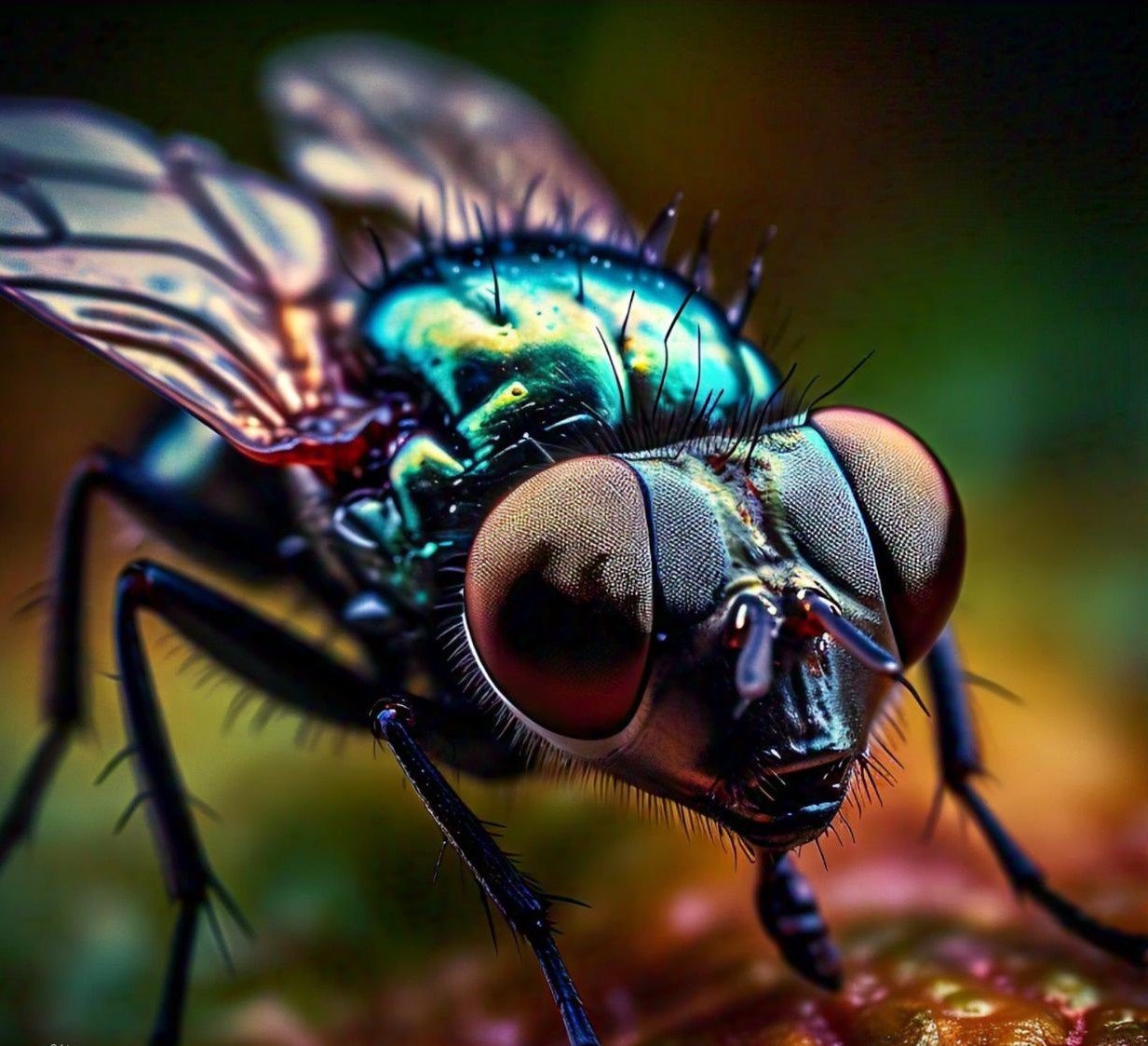
Informative 👍🏻
[…] is renowned for its rapid leaf movement. The Venus fly trap is a type of fly trap plant that uses trigger hairs on its inner surfaces to detect the presence of prey. When an unsuspecting insect touches these […]